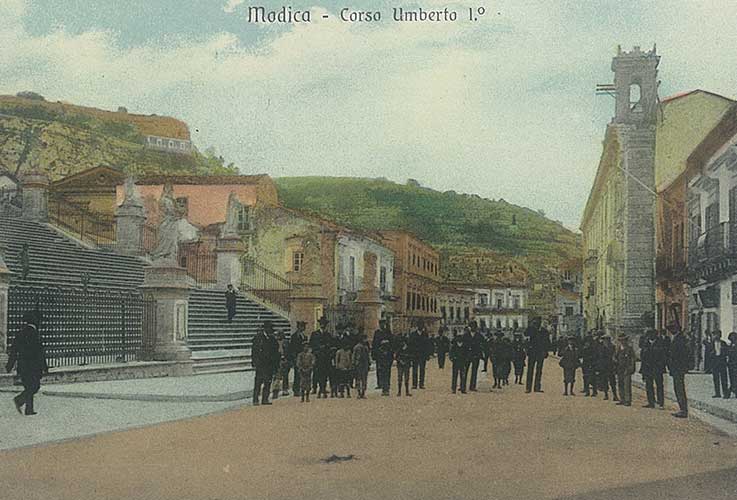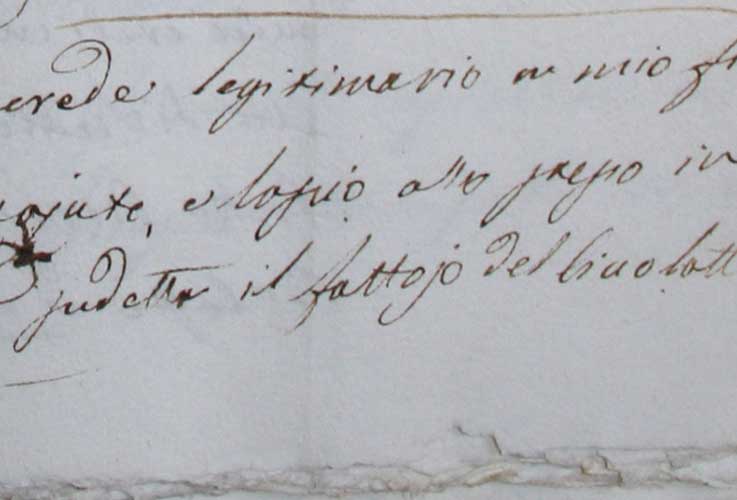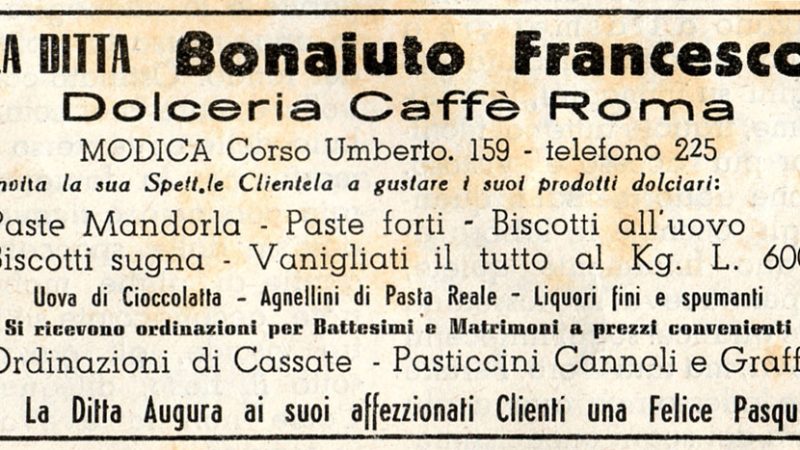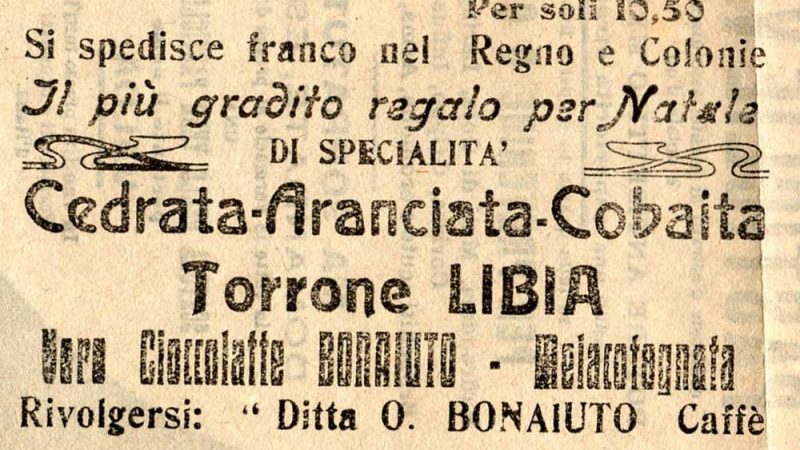When Francesco passes away, his son Federico inherits the “chocolate factory including all pertaining orders”. Federico decides to abandon the most unsafe investments progressively and to rather focus on the activities of chocolatier and ice cream maker: commerce thrives again and Federico can leave a lively and dynamic business in Francesco’s hands, his son.
The Bonajuto family
Six generations of confectionary artisans
1750 / the Bonajutos in Modica
With more than 150 years of activity, the Dolceria Bonajuto is the oldest chocolate factory in Sicily that is still in production phase, and one of the oldest in Italy. The roots of the Bonajuto family go deep down into the social and cultural fabric of a centre, “small capital” and vital core of a county seen as one of the most important of the Reign of Sicily: Modica, the town notary Vincenzo Bonajuto settles down after his marriage with a young local woman. Son of architect Natale Bonajuto, Vincenzo holds different administrative jobs, until he becomes public prosecutor of the County at the court of Palermo.
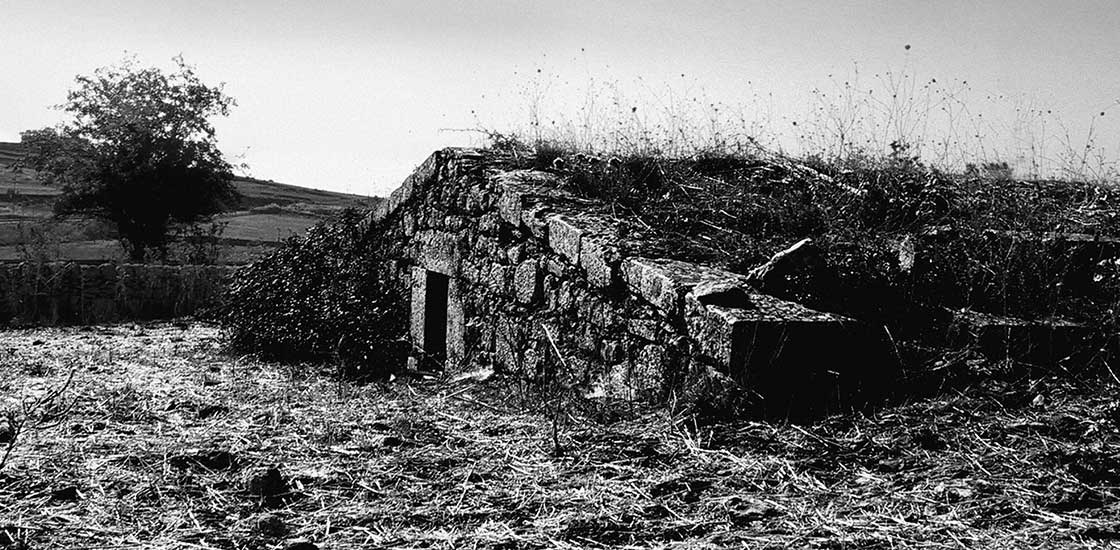
1820 / Lords of Snow
Vincenzo dies in Palermo, leaving ten children behind.
The father’s premature demise will lead his son Francesco Ignazio to invest the capitals of the paternal profession in a series of business activities. Being a skilful businessperson, Francesco Ignazio will add other and safer earning sources to the profitable, but risky business of snow, such as the opening of a scent shop, a sewing shop and a sorbet and ice cream parlour. Besides selling spices of all kinds, cocoa, pickled citrus fruits, “colonial imports” and confectionery, he also owns a “fattojo del ciccolatte”, a place used to produce chocolate, which allows him to control the whole production chain: from cocoa beans to raw paste, up to the finished product.
1880 / The ideals of a great man
Multifaceted intelligence, ideals and a very fine entrepreneurial intuition feature the character of Francesco Bonajuto, who will definitely change the company image and lays solid foundations of what nowadays still represents the Antica Dolceria Bonajuto.
In 1880, Francesco inaugurates the company “F. Bonajuto” in Corso Umberto I in Modica, revolutionizing his father’s business.
The scent shop and the sewing shop disappear and make way for a pastry-making laboratory, while the old sales shops turns into an elegant coffee shop that will soon become a reference point of the city life. Don Ciccio, this is how they used to call him, embodies a new businessperson that is careful towards the challenges of modernity: he widens the product line, invests in training people, buys advertising spaces on local newspapers, mechanizes some of the production stages of chocolate and refines its production even more.
Thanks to the persisting work of product enhancement, Francesco’s chocolate hits the headlines and achieves the gold medal at the International Agricultural Industry Exposition of Rome (1911).
However, Francesco was not only a dynamic businessperson. Philanthropist and good-hearted, Don Ciccio welcomes and later adopts a girl coming from a very poor family, who will be loved as if she was his own child: Rosa Roccaro. And thanks to little Rusidda, the fate of the Bonajuto’s will meet the one of the Ruta’s.
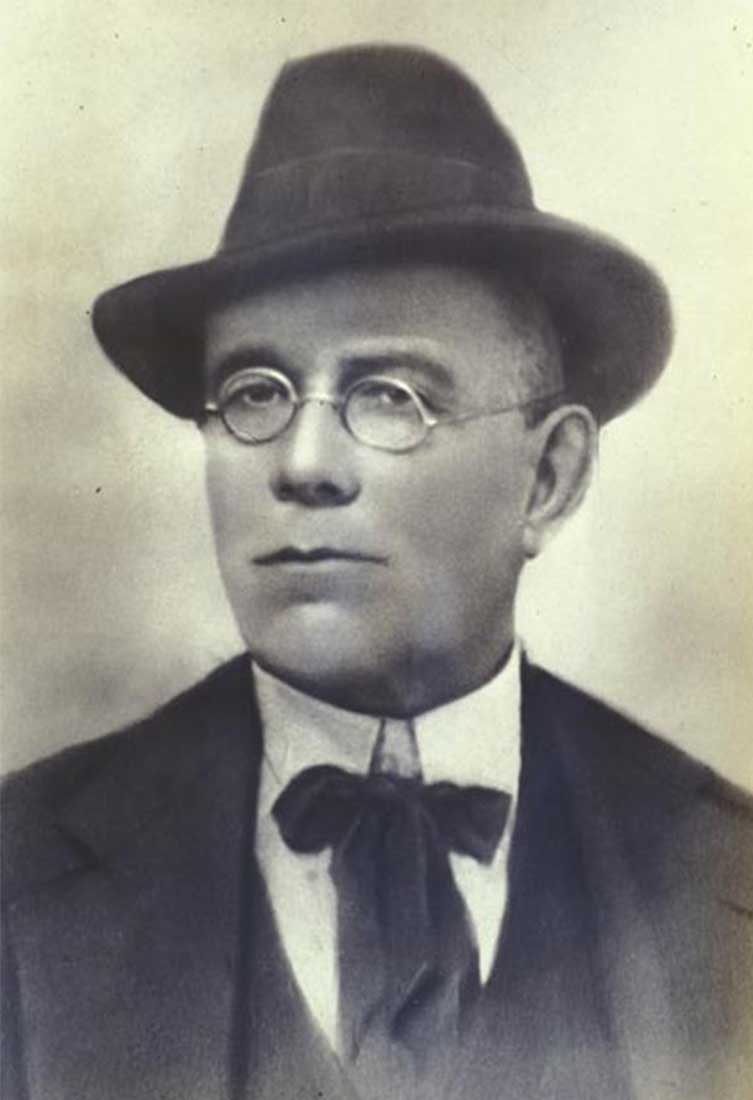
1932 /
Going to Bonajuto, or rather the institution of common taste
When Francesco dies, his wife Carmela Di Martino takes control of the company. Rosa’s fiancé, who is one of the most efficient and reliable collaborators of Don Ciccio, helps Carmela in this touch stage; his name is Carmelo Ruta. The company’s artisan character and processing methods are passed down through generations and families, but basically remain the same.
Therefore, Carmelo Ruta and his wife Rosa will have the difficult task to guide the company and its ideals through the post war period and the economic boom, characterized by recovery of consumptions, but also by the gradual disappearance of artisanship of the sector.
1992 /The ambassador and the magician
When Carmelo dies, his son Franco and his grandson Pierpaolo take over the management of the Dolceria, and launch a revolutionary process of cultural recovery of old Hyblean recipes, and above all of the cold-processed chocolate, real gastronomic “fossil” that was doomed to disappear.
An entrepreneurial bet arose from a “small crazy dream”, a patient work including historical, culinary and scientific research, as well as a careful distribution of achieved results: Franco Ruta is the first one that triggers the boom of black gold of Modica, becoming very soon ambassador of “Chocolate of Modica*” and one of the most known faces among gourmets from all over the world.
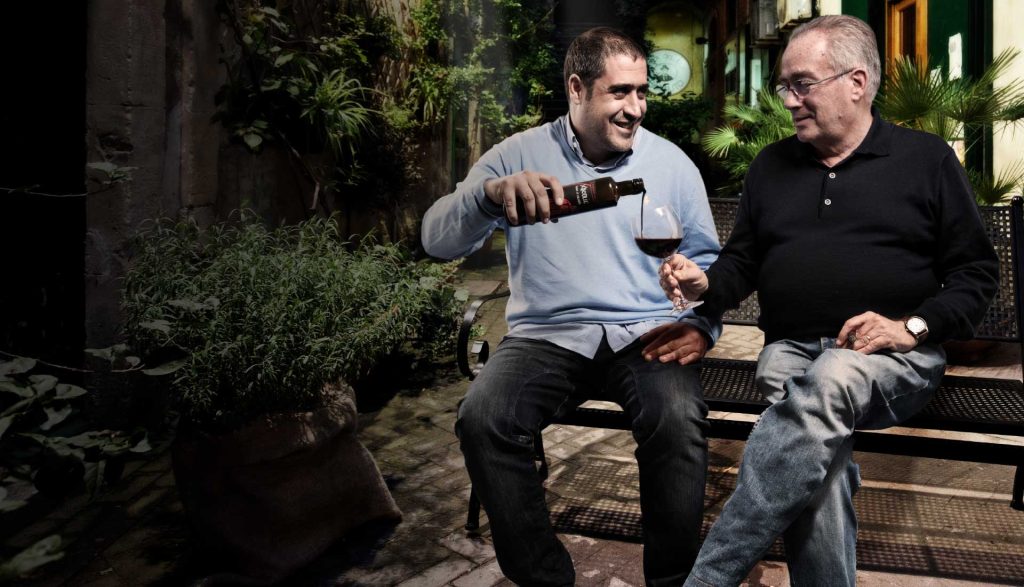
1992 /The ambassador and the magician
When Carmelo dies, his son Franco and his grandson Pierpaolo take over the management of the Dolceria, and launch a revolutionary process of cultural recovery of old Hyblean recipes, and above all of the cold-processed chocolate, real gastronomic “fossil” that was doomed to disappear.
An entrepreneurial bet arose from a “small crazy dream”, a patient work including historical, culinary and scientific research, as well as a careful distribution of achieved results: Franco Ruta is the first one that triggers the boom of black gold of Modica, becoming very soon ambassador of “Chocolate of Modica*” and one of the most known faces among gourmets from all over the world.
#BonajutoLab
While tradition is one Bonajuto’s cornerstones, innovation and research are as important, since they have always been featuring the spirit of the Dolceria.
Knowing where one comes from to know where one would like to go: this is the approach that leads to creating new and unique Bonajuto products, besides collaborations with partners of various sectors, from fashion to music, and to technology.

